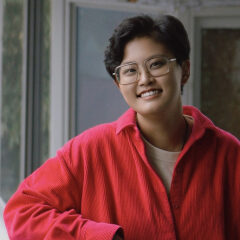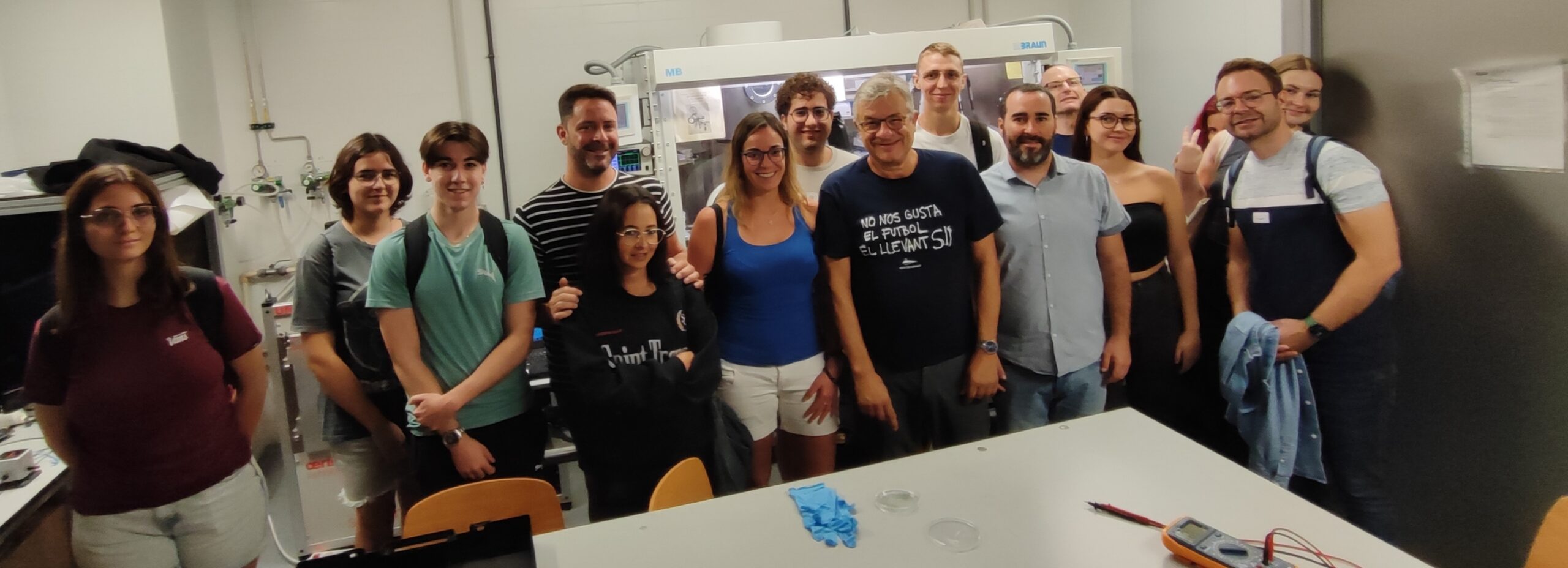
ERC Advanced Grant
Perovskite Spiking Neurons for Intelligent Networks .
2023-2028
Imagine if we could develop tiny, compact elements that imitate the way our brain cells, called neurons, and their connections, called synapses, work. This is exactly what a new project aims to do. By creating these miniature material elements, we can construct what are known as Spiking Neural Networks, which can perform brain-like computations in a much smaller size, with less complexity, and using less energy compared to traditional methods.
The goal of this project is to build hardware that mimics the behavior of neurons and synapses, allowing us to perform computation tasks that are similar to how our brain works. This involves incorporating elements like time, analog physical components, and complex dynamics into the computational model. By doing so, we can achieve better perception, learning, and computation capabilities.
One exciting application of this technology is visual object recognition. By using these specialized miniature elements called neuristors and dynamic synapses, we can process visual information from a spiking retina, which is a type of sensor that works similar to our own eyes. The hardware developed through this project will enable us to analyze and understand the spiking data generated by the retina, allowing us to recognize and identify objects in a visual scene.
Overall, this project aims to create a new type of hardware that closely resembles the structure and function of our brain's neurons and synapses. By leveraging these miniature elements, we can achieve significant advancements in computational capabilities while reducing the size, complexity, and energy requirements of traditional computing systems.
ERC Advanced Grants are considered the most important research projects in the European Union. They are designed to support excellent Principal Investigators at the career stage at which they are already established research leaders with a recognized track record of research achievements. They are highly competitive Principal Investigators must demonstrate the ground-breaking nature, ambition and feasibility of their scientific proposal. Advanced Grants are awarded of EUR 2 500 000 for a period of 5 years.
The PI Juan Bisquert plans to establish a dedicated team with the support of Dr. Antonio Guerrero and connected to a wide network of major European and work class scientists of the fields of perovskite materials and neuromorphic computation.
Universitat Jaume I has committed new lab space for a specific laboratory of fabrication and measurement of neural networks, in the brand new 4-level technological building that has been assigned mostly to INAM, and will be ready in early 2024.
Senior Investigators .
Juan Bisquert
Senior ResearcherJuan Bisquert is a professor of Applied Physics at Universitat Jaume I de Castelló
Antonio Guerrero
Senior ResearcherAssociate Professor in Applied Physics at the University Jaume I.
Team .
Actualidad .
-
Visita dels alumnes del CIPFP Benicarló a l’INAM
El passat dimecres 11 d'octubre un grup d'alumnes de Cicle Formatius de 2n CFGM d’Operacions de Laboratori del CIPFP Benicarló va visitar l’INAM. Els alumnes, acompanyats per la Cap de Departament de Química del centre, Noelia Carbó Mestre, van tindre l'oportunitat
Papers .
-
Time Transients with Inductive Loop Traces in Metal Halide Perovskites
Advanced Functional Materials, 2023, 2308678. Bisquert, J.; Hernández-Balaguera, E.
-
Hysteresis in Organic Electrochemical Transistors: Distinction of Capacitive and Inductive Effects
The Journal of Physical Chemistry Letters, 2023, 14, 10951–10958. Bisquert, J.
-
Accelerating the Assessment of Hysteresis in Perovskite Solar Cells
ACS Energy Letters, 2024, 9, 478−486. Hernández-Balaguera, E.; Bisquert, J.
-
Inductive and Capacitive Hysteresis of Halide Perovskite Solar Cells and Memristors Under Illumination
PRX Energy, 2024, 3, 011001. Bisquert, J.














